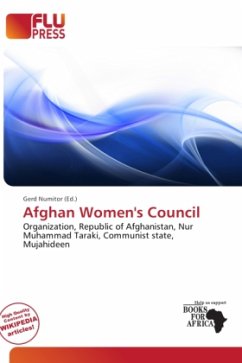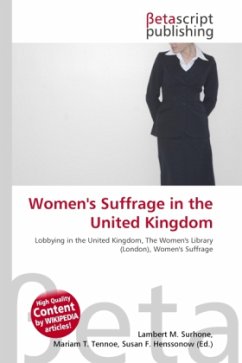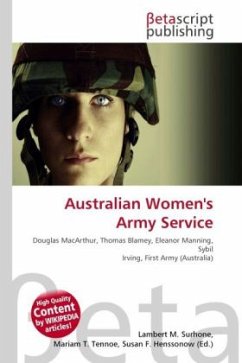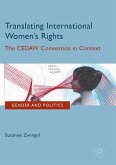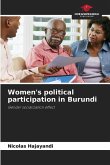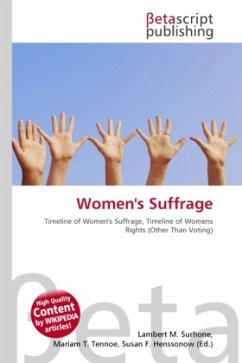Please note that the content of this book primarily consists of articles available from Wikipedia or other free sources online. The Afghan Women's Council (AWC) (also known as the Women's Council) was an organization under the Democratic Republic of Afghanistan (1978-87) and the Republic of Afghanistan between (1987-1992). Until 1989 the leader of the organization was Massouma Esmaty Wardak, Wardak was not a member of the People's Democratic Party of Afghanistan (PDPA) and in 1991 she became Minister of Education. The organization was run by Wardak and a staff of eight women. Some of these staff members were also members of the PDPA. When the communist regime in 1978 under Nur Muhammad Taraki the government gave equal rights to women. Women now had the ability to choose their husbands, education-- they had the ability to make decisions about their own lives. The membership of the AWC was around 150,000 thousand around the country and had branches and bases in all Afghan provinceswith the exception of Wardak and Katawaz. Most of the women in Kabul resisted the Mujahideen because of their retrogressive laws concerning women. The AWC provided social services to women in Afghanistan, in the fight against literacy and vocational training for those in the Secretary, hairdressing and workshop fields.
Bitte wählen Sie Ihr Anliegen aus.
Rechnungen
Retourenschein anfordern
Bestellstatus
Storno

